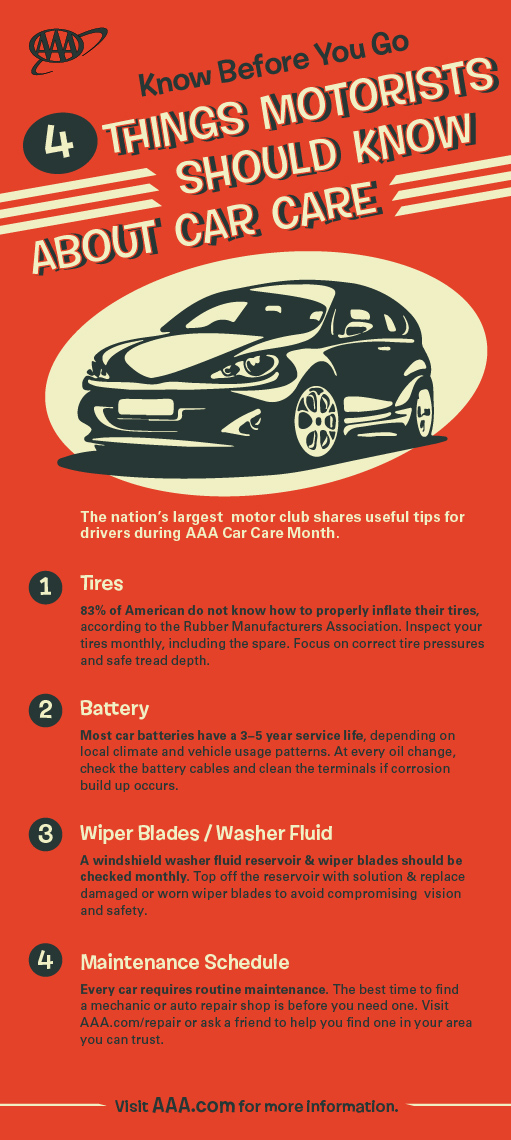Comprehending Your Automobile'S Caution Lights: What Do They Truly Mean?
Comprehending Your Automobile'S Caution Lights: What Do They Truly Mean?
Blog Article
Content By-Samuelsen Alvarado
When you lag the wheel, those glowing warning lights on your control panel can be a bit complicated. Do you understand what they're attempting to inform you regarding your automobile's health and wellness? Comprehending the importance of these lights is important for your safety and the longevity of your lorry. So, the next time one of those lights turns up, would not you want to decipher its message accurately and take the necessary steps to address it?
Common Caution Lights and Interpretations
Determine common caution lights in your automobile and comprehend their definitions to make sure safe driving.
One of the most regular warning lights include the check engine light, which indicates concerns with the engine or discharges system. If this light begins, it's crucial to have your car examined without delay.
The oil pressure cautioning light suggests reduced oil stress, needing prompt attention to stop engine damages.
A blinking battery light could suggest a faulty charging system, potentially leaving you stranded if not dealt with.
The tire stress surveillance system (TPMS) light signals you to reduced tire pressure, influencing automobile stability and gas efficiency. Neglecting this might cause harmful driving conditions.
The ABS light shows a trouble with the anti-lock stopping system, compromising your ability to stop rapidly in emergencies.
Last but not least, the coolant temperature level alerting light warns of engine overheating, which can cause extreme damage otherwise fixed quickly.
Understanding these usual warning lights will assist you attend to concerns quickly and maintain secure driving problems.
Significance of Prompt Attention
Understanding the typical warning lights in your auto is just the initial step; the relevance of quickly addressing these cautions can not be stressed enough to guarantee your security when traveling.
When a warning light illuminates on your dashboard, it's your cars and truck's means of connecting a possible issue that requires focus. Disregarding https://alexistoidx.theisblog.com/31416126/uncovering-top-quality-auto-repair-work-shops-a-guide-to-the-concealed-gems-in-your-area can cause much more severe issues down the road, compromising your security and possibly costing you more in repairs.
Prompt interest to warning lights can stop failures and crashes. For instance, a flashing check engine light could indicate a misfire that, if left neglected, might create damages to the catalytic converter. Addressing this immediately can conserve you from an expensive repair work.
Likewise, a brake system advising light might indicate low brake liquid or used brake pads, crucial components for your safety and security when driving.
DIY Troubleshooting Tips
If you see a warning light on your control panel, there are a couple of do it yourself fixing pointers you can attempt prior to looking for professional assistance.
The first step is to consult your auto's manual to understand what the particular caution light indicates. Sometimes the concern can be as easy as a loose gas cap causing the check engine light. Tightening up visit the next post may solve the problem.
just click the next post is a reduced battery, which can trigger numerous cautioning lights. Checking the battery connections for deterioration and ensuring they're safe and secure may take care of the issue.
If a warning light persists, you can attempt resetting it by detaching the cars and truck's battery for a few minutes and then reconnecting it. In addition, inspecting your lorry's liquid degrees, such as oil, coolant, and brake fluid, can aid troubleshoot cautioning lights associated with these systems.
Verdict
In conclusion, recognizing your cars and truck's warning lights is necessary for maintaining your vehicle running smoothly and securely. By quickly addressing these alerts and understanding what they indicate, you can avoid costly repair work and possible malfunctions.
Keep in mind to consult your vehicle's manual for particular information on each alerting light and do something about it appropriately to guarantee a trouble-free driving experience.
Remain notified, stay risk-free when driving!
